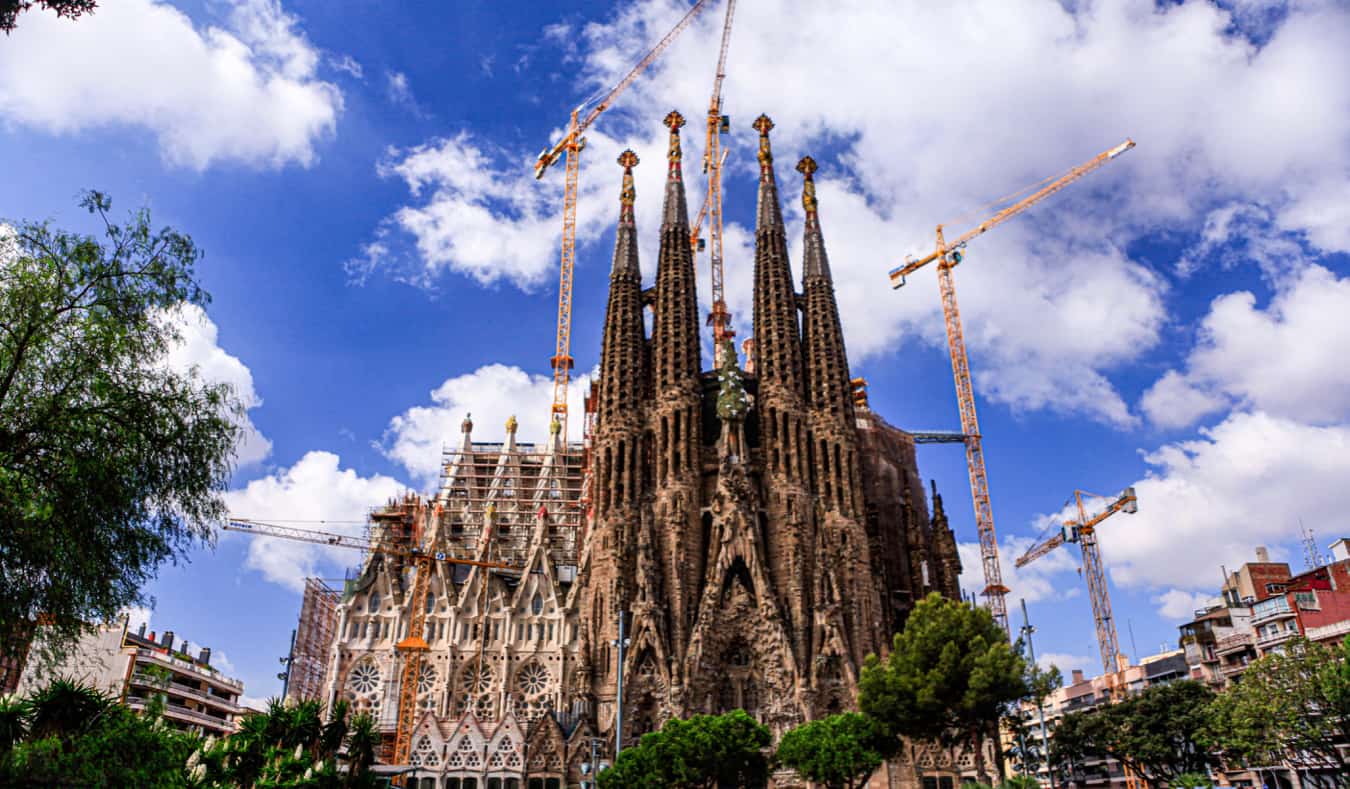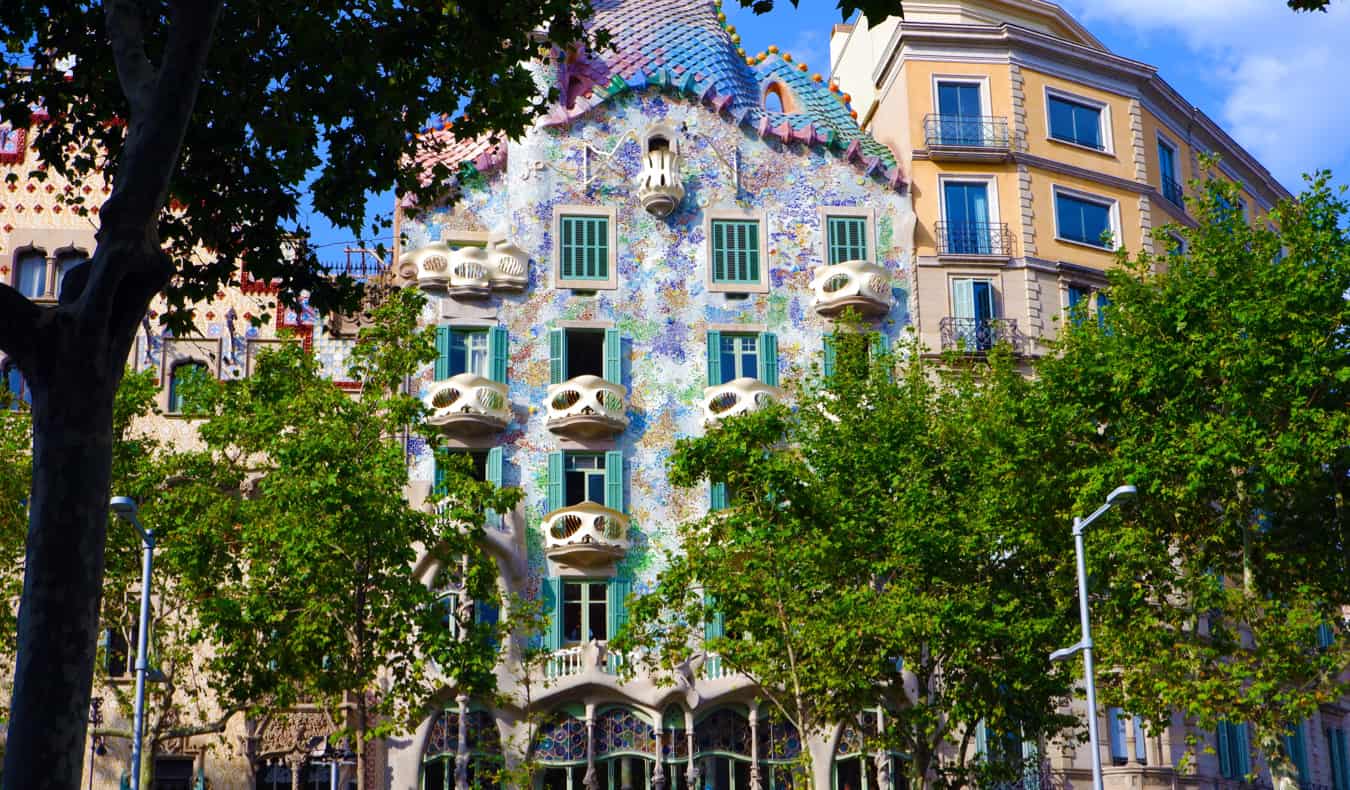GAUDI’S BARCELONA: A UNIQUE WAY TO SEE THE CITY

You can’t visit Barcelona without seeing Gaudi’s influence everywhere you go. He’s the city’s most famous architect and helped shape the design of the city during its booming 19th and early 20th century. His influence still shapes the city today.
Born in 1852, Anton Gaudí belonged to the Art Nouveau movement, with his first designs being centered around Gothic and traditional Catalan architectural styles. However, it wasn’t long until he developed his own style that has set him apart from all others.
Referred to as “God’s Architect” for the religious themes in his work, several of Gaudi’s creations have actually been declared UNESCO World Heritage Sites. His most famous work, La Sagrada Familia is not only the most popular attraction in Barcelona but the most visited monument in all of Spain.
Gaudi died tragically in 1926 after being hit by a streetcar on his way to church. He was knocked unconscious and, because he didn’t have any identification on him, people assumed he was a beggar and just left him there (nuts, huh?). He was eventually taken to a hospital but, by the time people realized who he was, it was too late. He died of his injuries shortly thereafter.
Since then, his influence on the city’s landscape has continued with many of his pupils making buildings in his style and the work at the Sagrada Familia continuing on to this day.
No visit to Barcelona is complete without taking a tour of his work. It will give you insight into the history and growth of the city and just help you understand just how important this man is to Barcelona. Barcelona is simply not Barcelona without Gaudi.
Here is my guide to visiting all of Gaudi’s best sights in Barcelona:
La Sagrada Familia

The most famous of Gaudí’s work….and the one that seems to never be finished. The church has been under construction for over 100 years (the groundbreaking was in 1882 and is supposed to be done in 2030!). Gaudí was a devout Catholic and spent the last 10 years of his life working on this project. The church blends influences of man, nature, and religion in its detailed architecture. The audio guide is worth purchasing as it covers the history of the church in great detail. Try to visit mid-morning to late afternoon so you can witness the sunlight cascade throughout all the stained glass.
Gaudi Lampposts: Placia Real and Pla del Palau
The first commission that Gaudí received after graduating from school was to construct street lamps for the city. At the request of the city council in 1878, he designed lamps with three and six arms and crowned by a winged helmet. They were symbolic of the commercial power of Barcelona, made of cast iron and marble. They’re all gone now except for the ones left in Placia Real and Pla del Palau.
Casa Batllo

Casa Batllo is a building restored by Antoni Gaudí in the early 1900s. He spent 2 years on the project completely revamping the exterior, main floor, patio, and roof. With its undulating shape, it’s definitely one of the more eye-catching of his creations. Located in the Eixample district of Barcelona, it (like everything Gaudí designed) was heavily influenced by the Art Nouveau style. The facade was decorated with a mosaic made of broken ceramic tiles that he collected from the trash of a nearby glass shop. The roof is arched and has been likened to the back of a dragon. It’s one of my favorite Gaudí buildings.
Comments
Post a Comment